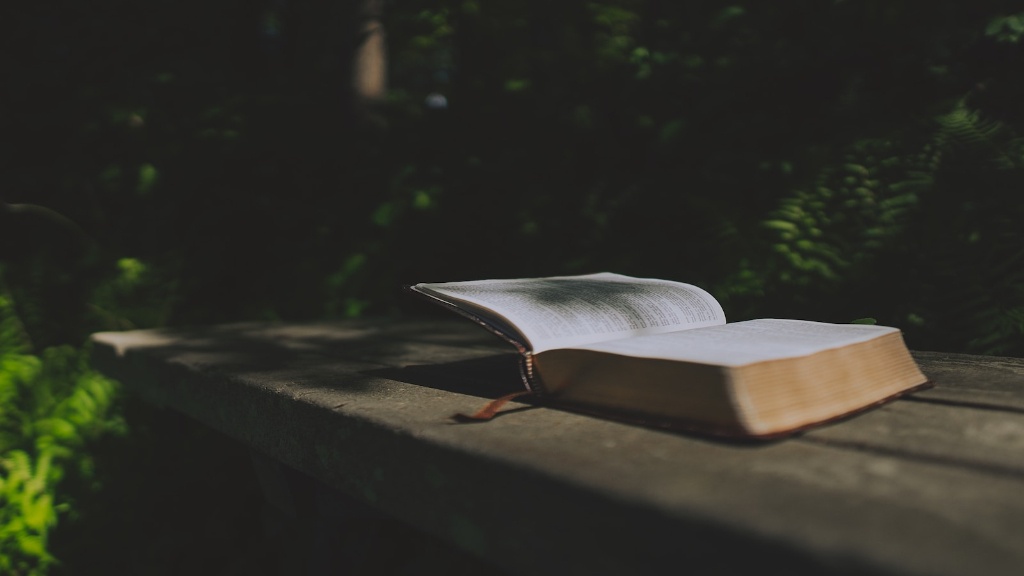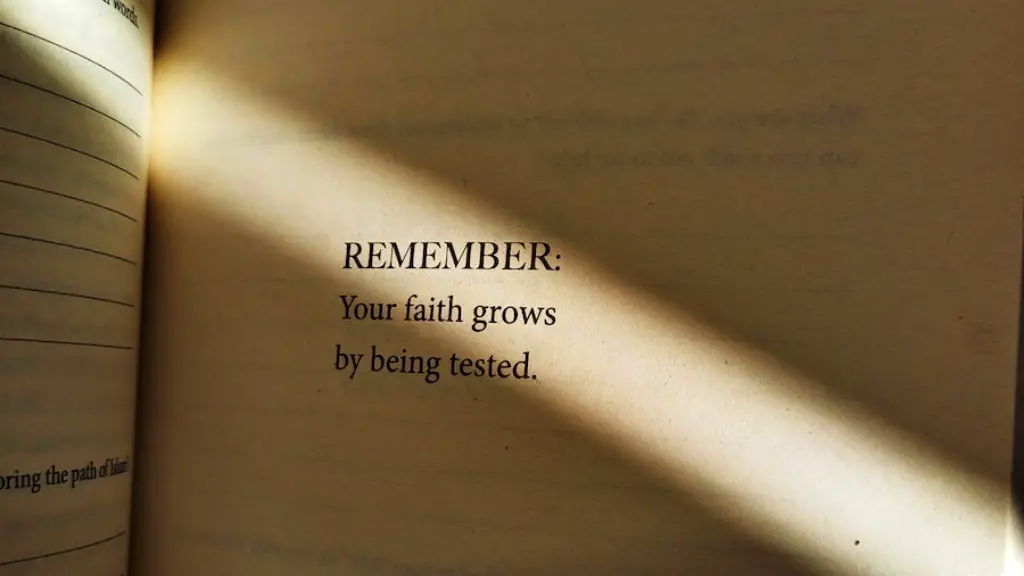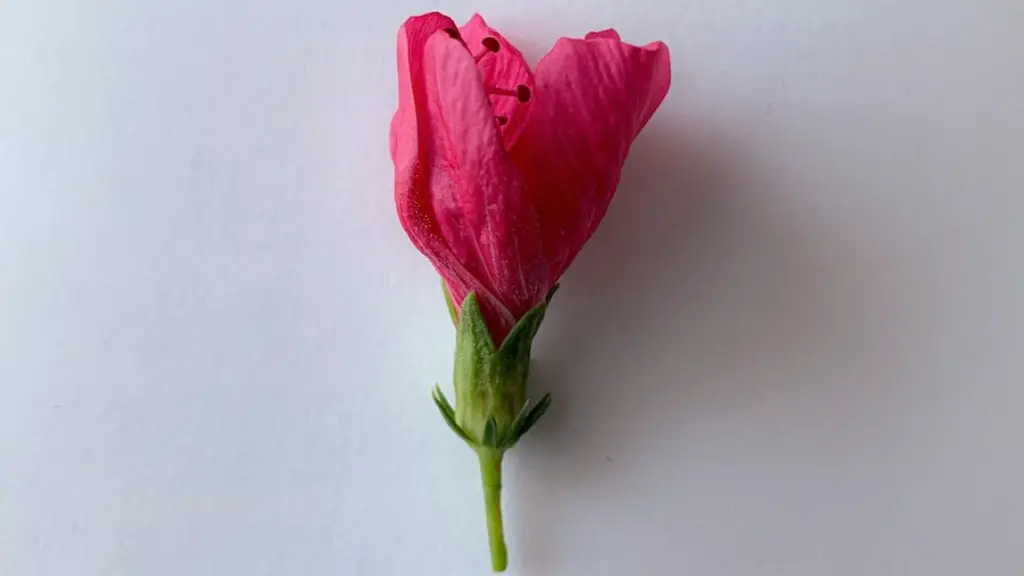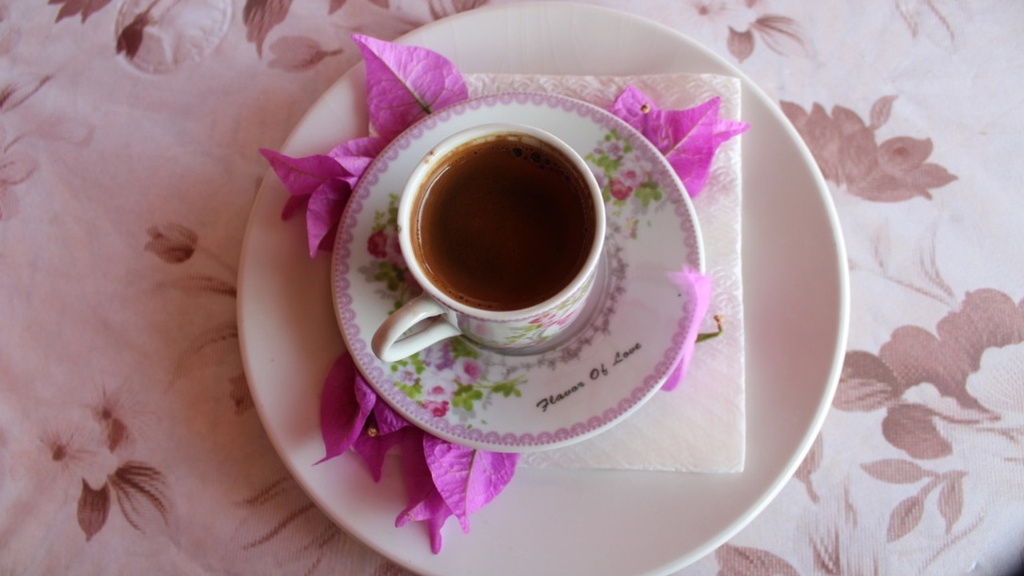Beatnik poetry is an avant-garde type of poetry that emerged in the early 1950s and centered on themes of non-conformism, independence, disillusionment, and a rejection of traditional American social norms. This style of poetry was popularized by the likes of Allen Ginsberg, Jack Kerouac, and other Beat Generation writers. Beatnik poetry is characterized by its stream-of-consciousness writing, unstructured form, and often incorporates elements of jazz. This type of poetry often featured a barrage of ideas and observations, often jumping from topic to topic with no apparent connection. It was typically written in a straightforward, terse style with little detail or explanation.
Proponents of Beatnik poetry felt that it was a new way of expressing one’s thoughts and feelings, as writers took inspiration from various literary movements such as surrealism, Dadaism, and existentialism. Beatnik poets were often viewed as rebels and free thinkers, who were willing to push the boundaries and conventions of traditional poetry. Beatnik poetry also typically featured imagery of the natural environment, and the use of free association was often encouraged.
Perhaps one of the most famous examples of Beatnik poetry is Ginsberg’s 1956 poem “Howl”, a sprawling, masterpiece that many considered the manifesto of a generation. The poem was one of the most famous examples of Beatnik poetry and is still hailed as one of the greatest poems of the 20th century. In it, Ginsberg used unrestrained language and imagery to express his anguish with the state of modern society. This poem was groundbreaking in many ways, as it was simultaneously both controversial and accessible, making it a unique and powerful form of expression.
Beatnik poetry was incredibly influential in the twentieth century, as it paved the way for a more transparent form of communication and helped to cultivate a new understanding of what it meant to express oneself through poetry. Many of the ideas and themes expressed in Beatnik poetry are still relevant today, as many of the same issues continue to affect society. Beatnik poetry has also had a lasting influence on the art world, inspiring a new form of creative expression and inspiring countless artists, authors, and poets.
Beatnik Poetry and the Beats
The Beat Generation, often referred to simply as the Beats, was a group of writers and artists in the 1950s who rejected traditional American values and sought to create a more authentic form of cultural expression. Beat writers were of course the most visible figures in the Beatnik genre of poetry, and their success in pioneering a new literary movement gave impetus to a whole host of Beatnik poets. The writing style of these Beat writers was distinct and unique, featuring a mix of spontaneous writing, stream of consciousness musings, and an appreciation for jazz and the musical elements of poetry.
Jack Kerouac and Allen Ginsberg in particular were both hugely influential figures in the Beatnik literary movement, and their work helped to shape the emergence of Beatnik poetry. Both writers created a form of poetry that was authentic, passionate, and full of genuine human emotion. The Beats believed that one should write from one’s own heart, and their works served as an example of what could be achieved through honest, honest communication.
The Beats also helped to shape the culture of the 1950s, as their work often featured themes of rebellion, non-conformity, and questioning of the status quo. Their work encouraged others to think critically and act independently, which helped spark a shift in societal norms. Despite the fact that many of the Beats were vilified by mainstream society at the time, their influence on modern culture cannot be understated.
Beatnik Poetry and the Avant-Garde
Beatnik poetry was also influenced by a number of literary movements from the early twentieth century, often referred to as “the avant-garde.” These avant-garde movements, such as Dadaism, Surrealism, and Futurism, were focused on pushing the boundaries of traditional art and literature. Beatnik poets often incorporated elements of these avant-garde movements into their works, creating a unique form of poetry that combined the wild philosophical musings of Dada and the playful experimentation of Surrealism.
The Beats, who were often viewed as intellectuals, embraced these avant-garde movements and their influence can be seen in a number of their works. For instance, Jack Kerouac’s novel On the Road featured a number of avant-garde elements and is widely regarded as a classic Beatnik text. One of Allen Ginsberg’s most famous works, “Howl,” was also inspired by the avant-garde. By incorporating elements of the avant-garde into their works, the Beats created a unique form of poetry with a broad appeal.
By combining elements of traditional poetry with elements of the avant-garde and jazz influences, Beatnik poets were able to craft an inspirational and influential form of poetry that continues to affect and inspire writers to this day. The Beats incorporated these disparate influences into their works, creating a new and exciting form of expression that was unlike anything that had come before it.
Beatnik Poetry and The Counterculture
Beatnik poetry was also a precursor to the counterculture movements of the 1960s and 70s, which made use of music, art, and literature to challenge traditional societal norms. The Beats, in many ways, were a part of this burgeoning counterculture, as their work often focused on non-conformity, questioning the status quo, and a desire for personal freedom. Beatnik poetry helped to articulate many of the ideas brought forward by the counterculture, and the influence of Beatnik poetry can be seen in many of the counterculture’s key works, such as Bob Dylan’s “A Hard Rain’s A-Gonna Fall” and the Grateful Dead’s “Ripple.”
In many ways, Beatnik poetry helped to establish the foundation of what would eventually become a full blown counterculture movement. By exploring themes of disillusionment, freedom, and non-conformity, the Beat writers were able to articulate ideas that helped to shape the counterculture. Beatnik poetry also served to inspire countless other writers, artists, and musicians to follow in the footsteps of the Beats, exploring similar themes in their own works.
The influence of Beatnik poetry on the counterculture movement cannot be understated, as many of the ideas expressed in Beatnik works are still relevant today. The works of the Beats continue to resonate with many, as their message of free thinking, personal freedom, and non-conformity continues to inspire.
Beatnik Poetry and Contemporary Culture
The influence of Beatnik poetry has spread far and wide, and the ideas expressed in Beatnik works can be seen in a number of contemporary works. Authors such as David Foster Wallace, Sherman Alexie, and Jhumpa Lahiri have all been influenced by Beatnik poetry, and the influence of Beatnik poetry can also be seen in films such as Grab Bag, Dead Poets Society, and Memento Mori.
In many ways, Beatnik poetry has become part of the fabric of contemporary culture, as its influence can be seen everywhere from films and television to books and music. As a result, the ideas and themes explored in Beatnik works continue to be relevant today, and the Beat generation continues to be held in high regard.
The influence of Beatnik poetry on contemporary culture cannot be overstated. Its exploration of unconventional themes, its emphasis on emotion, and its stream of consciousness writing style have all become a part of the modern zeitgeist, and its influence can be seen in a wide variety of works. In this way, Beatnik poetry serves as a potent reminder of the transformative power of creative expression.
Beatnik Poetry and Its Legacy
When one considers the legacy of Beatnik poetry, it is difficult to overstate its importance. The Beatnik movement, and more broadly the Beat Generation, helped to shape a generation and influenced countless artists, writers, and musicians. Their works continue to be studied and celebrated, and their ideas continue to inspire new generations of writers and thinkers.
Beatnik poetry also helped to shape the landscape of poetry itself, paving the way for a more expressive, creative, and honest form of expression. The influence of Beatnik poetry has spread far and wide, and is still felt today, as its influence can be seen in multiple forms of contemporary art and literature. Beatnik poetry will continue to be remembered and celebrated for its groundbreaking work and its influence on the history of literature.
The influence of Beatnik poetry is unquestionable and its legacy is sure to live on. Through its unique mix of emotion, experimentation, and non-conformity, Beatnik poetry continues to inspire and challenge writers and thinkers, reminding us of the importance of authentic expression and the power of the written word.




